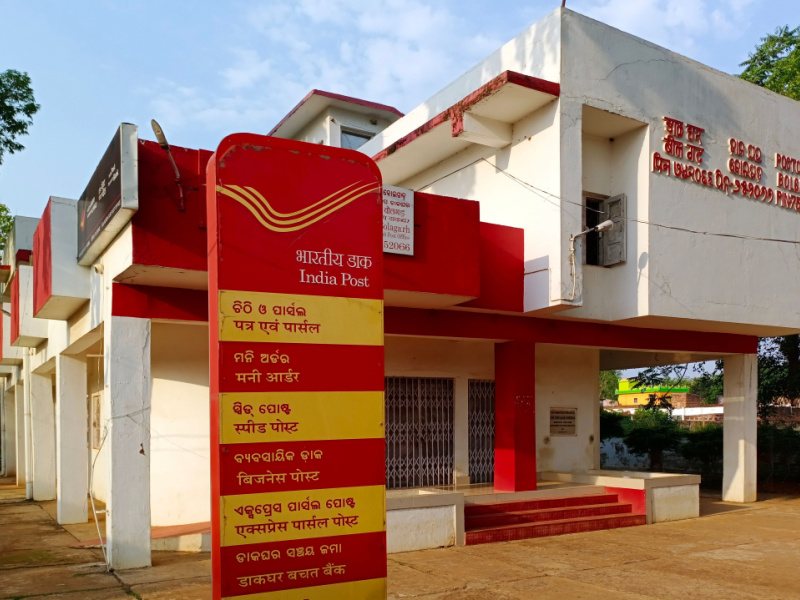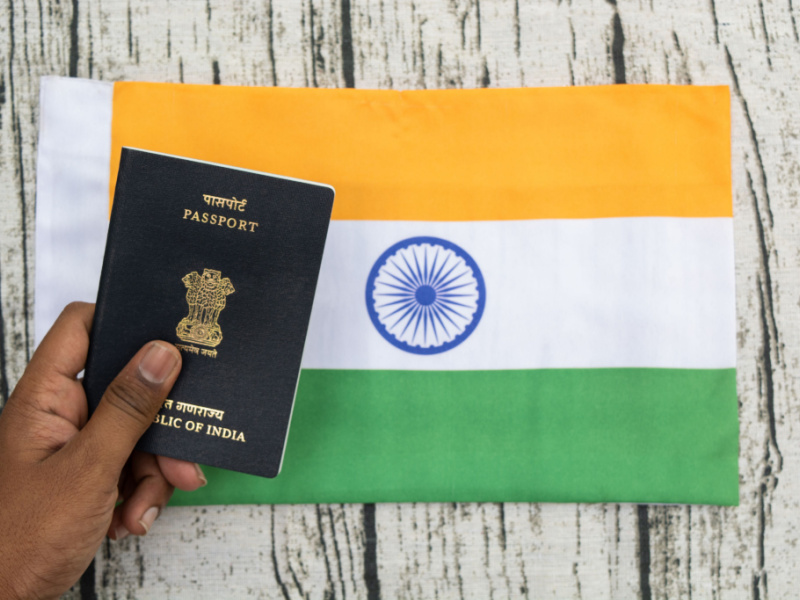
Savings Account is one of the oldest and commonly used savings mechanisms. The primary reason why a savings account is preferred over other forms of savings is that the principal amount is safe, irrespective of interest earnings on the same. It offers the convenience of safely keeping money in a bank account and earning interest from the investment.
Here, we will discuss in detail about the concept of a savings bank account along with its benefits and key features.
What is savings bank account?
A savings account is a deposit account held with a bank where the depositor can safely store additional cash and earn interest on it. It can be accessed whenever required. This basic banking instrument is used by individuals as it is one of the safest ways to keep aside hard earned money to be used when needed.
One can deposit funds either through cash or cheques into the savings account. It also allows transfer of funds from other savings accounts through mechanisms like IMPS/NEFT/RTGS/UPI. The interest earnings on such deposits are credited to the account on a quarterly basis.
Key features and benefits of savings account
One of the noteworthy benefits of a savings account is that it encourages a savings habit among individuals. Features of a savings account may vary depending on the type of account chosen. Listed here are a few of the common features and benefits of opening a savings bank deposit account:
- The interest rates on savings accounts range between 3.5% to 7% p.a depending upon the Repo rate decided by the RBI.
- Savings account owners can easily access network branches and ATMs of the respective bank
- Easy fund transfer to any bank account using IMPS/NEFT/RTGS/UPI facilities
- For quick balance check or bill payment, one can use internet banking and phone banking facilities
- Personalized cheques for enhanced security
- Unique account numbers
- Multiple offers and discounts
- No limits on the amount deposited
- Loan EMIs or Credit Cards can be linked to a savings account
- RD deductions can also be done through the savings bank account
The applicable interest rate offered on a savings account varies from bank to bank. An account owner can make withdrawals either offline by visiting the bank branch or at an ATM by using a debit card linked to the savings account.
In most cases, an account must maintain an average minimum balance for a quarter or month as per the bank’s rules and regulations. However, many banks also offer zero balance accounts, which do not require maintaining a minimum balance in the account.
Eligibility criteria for savings account
Savings account applications usually do not have any income or employment criteria. The eligibility criteria in this case are minimal and may vary across banks. Here are some of the common requirements:
- A savings account can be opened by an Indian citizen, Non-Resident Indians or foreign nationals.
- The applicant should be at least 18 years of age. Savings accounts can also be opened for minors by their parents/guardians.
There are many online savings account eligibility calculators that can be used by applicants to check their eligibility before making an actual application.
Types of savings accounts
Banks have launched different types of savings accounts to meet the requirements of different customers across age groups, work profiles, etc. One can apply for any of the below-mentioned bank savings accounts:
Zero Balance Savings Account:
Zero Balance savings accounts are offered by banks for individuals to operate them freely without any restrictions of maintaining a minimum balance. Under this, account holders do not have to maintain any minimum balance. To open this account, an applicant has to submit the basic KYC documents either online using Aadhaar based eKYC or offline by submitting physical copies at the nearest bank branch.
Regular/Basic Savings Account:
A regular savings account comes with minimum facilities and basic rates applicable for services. An account holder in this case has to ensure that he/she maintains the prescribed minimum balance in the savings account such that no extra charges are incurred.
Salary Account:
This type of savings account can only be opened by a salaried individual. Most companies help employees in opening such accounts and directly deposit the monthly salary into such accounts. A main feature of a salary account is that it is a zero balance savings account and does not need a minimum balance. If a monthly salary is not credited into the account for at least 2 to 3 months, the same gets automatically converted to a regular savings account with minimum balance requirements.
Documents required for savings account application
It is easy to open a savings account online without any hassle. An applicant just needs to submit the following documents online for eKYC:
- Aadhaar Card: To open a savings account online, one has to furnish an Aadhaar Card number.
- Pan Card: Applicants need to provide a Pan Card number to open a savings account online or offline.
- Passport size photographs
- Identity and signature proof – Any one of, Passport, Pan card, Driving License, Voter ID card, Aadhaar card, employee identity card in case of government employees.
- Address Proof – Any one of, Bank statement, Rent Agreement, Voter ID card, ration card, passport, Driving License, telephone/electricity/ water/ credit card bill or property tax.
How to open a savings bank account online?
One can open a savings bank account online by following this step-by-step guide:
Step 1 – Check and compare various banks and interest rates offered online
Step 2 – Select an option that matches individual requirements
Step 3 – After shortlisting one, fill the application form for opening a savings account and submit it along with Aadhaar number and Pan number to complete eKYC.
Step 4 – One can start using a savings account instantly in case the bank allows instant approval of the account.
Step 5 – Banks may send executives to the applicant’s residence for completing verification.
One can also open a savings account offline with minimum documentation.
Conclusion
Depending on personal requirements, there are a wide variety of bank accounts available today. One can make an ideal selection after going through the features and benefits of each. Savings accounts, however, continue to remain a preferred option for individuals who wish to safely put aside their liquid funds.
FAQs
Some of the preferred options for savings accounts in India include SBI bank, HDFC, Kotak Mahindra bank, DBS bank, and RBL bank.
No, you cannot convert an existing Resident Indian Savings Bank account into an NRE / NRO account. An NRE account has to be opened afresh with any bank.
Savings accounts may expire or be tagged as dormant in case of inactivity for a certain time. The criteria for the same could differ across banks.
Savings bank accounts are termed inactive if there is no transaction or activity in it for more than 1 year.
Most savings bank accounts do not prescribe a maximum balance limit. However, some banks may have a limitation of Rs. 10 lakhs that can be maintained in the account.



























